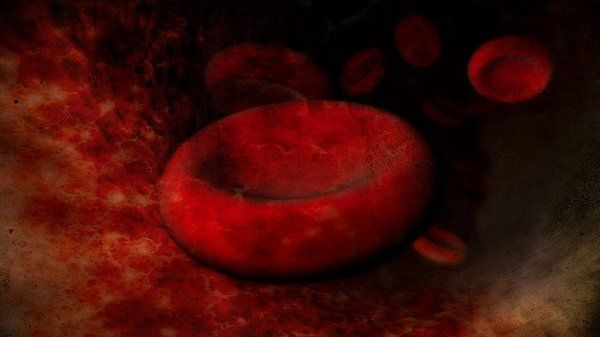Childhood Iron Deficiency Can Lead To Poor Life Outcomes, Including Unemployment, Lack of Education, And Anxiety

Iron, though it is a metal, is an important mineral for effective bodily function. Iron is mostly found in blood, where it plays an integral part of the hemoglobin found in blood cells. Hemoglobin is the molecule found on blood cells that attach to oxygen to ensure its transit through the bloodstream into the body. Without enough iron in their diet, people become anemic; anemia leads to a number of health issues, all stemming from a lack of oxygen in the blood and in the body.
Iron deficiency is common among young children in developing countries. However, the long-term effects, even after supplements are provided to fix their deficiency, have not been documented. In a new study in Costa Rica, 122 adults who had been treated for an iron deficiency as children were interviewed and asked about what they did with the rest of their lives. Each individual studied was treated for a three-month period; 27 percent went on to have chronic iron deficiency issues, while others remained iron-sufficient.
Interestinly, the study found that of the 122 subjects, many ended up with poor life outcomes after overcoming iron deficiency — and not necessarily connected to health. The average age among them all was 25 years of age, and of them, 42 percent did not complete secondary school, and 68 percent were not currently enrolled in school or any kind of training for a job. Most shockingly, 30 percent of these adults were not employed, though 40 percent of them had children.
The chronically iron-deficient group was much worse off than the adults who became iron-sufficient. Of the group that was chronically iron-deficient, 14 percent reported constant feelings of anxiety, 25 percent of them were unemployed, 84 percent were not in school or job training, 67 percent has not completed secondary school, 83 percent were single, and nine percent were depressed.
These outcomes for both chronically iron-deficient adults as well as adults who had once been treated for iron deficiency are equally poor. Most of these adults had not completed their education and were unemployed, indicating that they were poorly functioning adults.
According to the Centers for Disease Control and Prevention, a lack of iron in the body has many developmental effects. Usually, symptoms of iron deficiency are debilitating. These include fatigue, poor school or work performance, difficulty maintaining body temperature, decreased immunity, and increased infections as well as slower cognitive development. A lack of iron at a very young age has the capacity to negatively affect growth and development of both the body and mind.
According to the Kidshealth.org, constantly low iron in childhood can lead to anemia. Anemia is the state in which the blood cells do not have enough hemoglobin, which contains iron, to hold onto oxygen molecules. Without enough oxygen, a child's body cannot hope to develop and grow properly. Often, normal functions in the brain and body are depressed thanks to a lack of iron. According to the National Heart, Lung and Blood Institute, a lack of iron can lead children to have cravings for non-food materials high in iron like paint, dirt, or starch. This can be dangerous, as these items are inedible and can lead to further defects.
The outcomes in adults who had received iron supplements to treat an iron deficiency are hard to ignore. They had poor emotional health, few long-term goals, and did not achieve much after their iron deficiency treatments. The researchers feel this is a direct result of their bodies' lack of iron, and not the treatment.
"This observation suggests that poor long-term outcome, at least for overall functioning, may be prevented if iron treatment is given before iron deficiency becomes chronic and severe," said Betsy Lozoff, M.D., lead author of this study.It is crucial to prevent iron deficiency and initiate treatment as soon as a deficiency is detected in children, though those who recovered from their iron deficiency seemed slightly better off than those with chronic iron issues.
"If replicated in larger samples, these adverse outcomes represent a substantial loss of human potential that is sad for the individual and detrimental for society. Nonetheless, the fact that subjects with less chronic iron deficiency (with or without anemia) who became iron-sufficient with iron therapy in infancy were functioning well is a reason for optimism," Lozoff added.
Source: Lozoff B, Smith J, Kaciroti N, Clark KM, Guevara S, Jimenez E. Functional Signifiance of Early-Life Iron Deficiency: Outcomes at 25 Years. The Journal of Pediatrics. 2013.



























